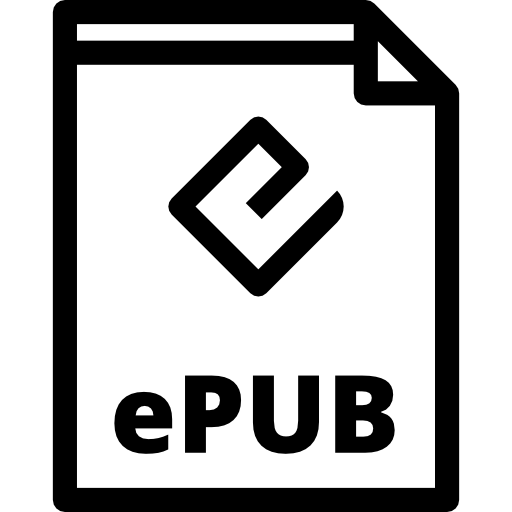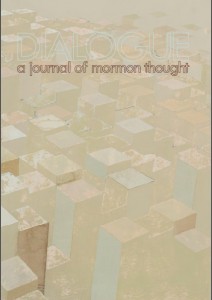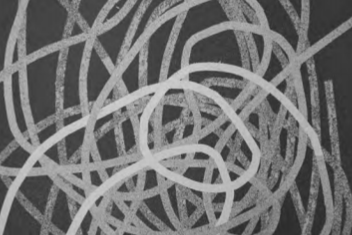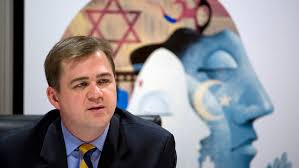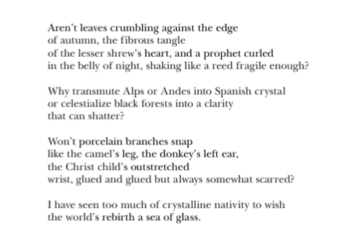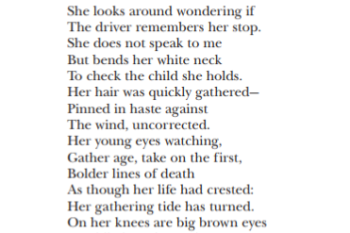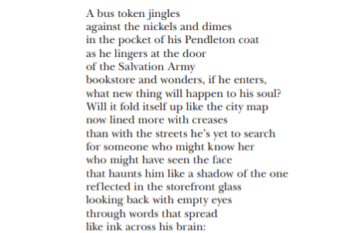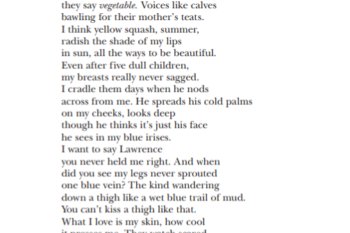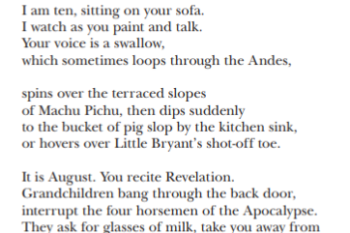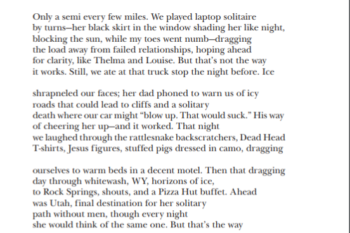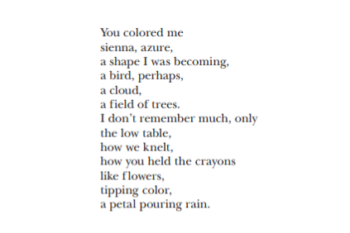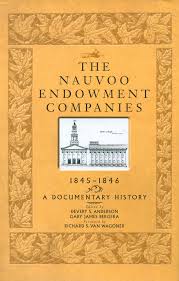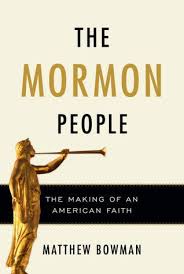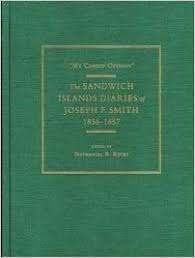The King James Bible and the Future of Missionary Work
Grant HardyNot long ago I went out with the full-time elders and we taught a young mother who was quite interested in our message. In fact, she had been meeting with the missionaries for several weeks. When they referred to a biblical scripture and invited her to read along, she did so and then responded, “That’s not what it says in my Bible.” Even though she was a conservative Christian, from a Pentecostal background, she was using the New International Version (NIV). And it is not just that the words were different—most Christians are familiar with multiple versions of the Bi ble these days. The meanings did not match up. The elders were flustered, having no idea how to handle the situation, and they tried to move on to the next point as quickly as possible.
Read more




